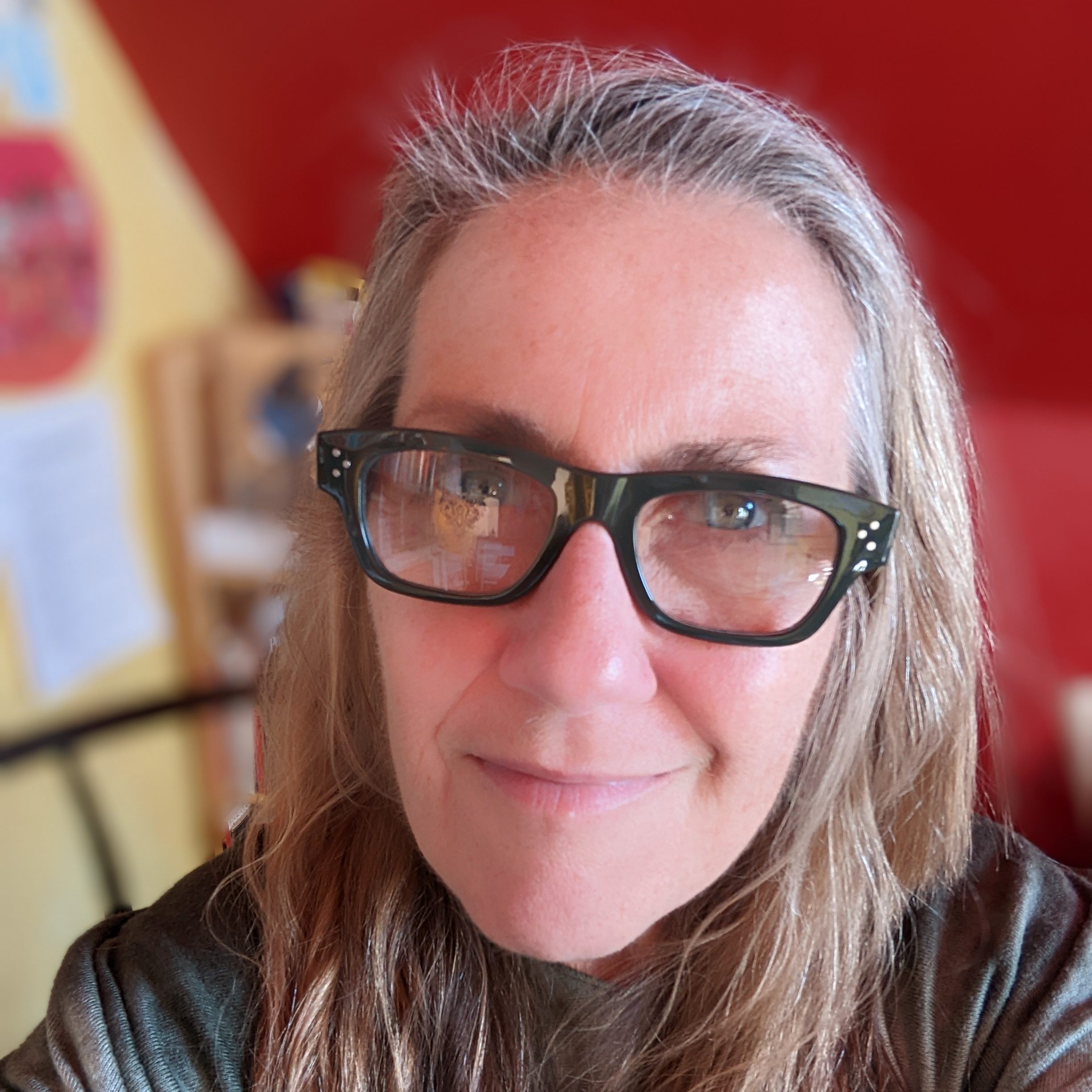Here we are, Earth Day 2020.
Living in the CoVid-19 global pandemic, I understand our human fragility in new and painful ways. I mourn the loss of life — mounting higher and higher each day — with those whose loved ones died alone and those front line doctors/nurses/first responders in our healthcare system who are doing everything possible to alleviate pain and suffering of the afflicted.
The sweep of the pandemic crisis has slowed me down and has given me time for deeper reflection about our world, my place in it, and what is important.
The iconic header photo (credit: NASA/AFP/Getty Images) is more than 50 years old. It was taken on Christmas Eve in 1968 by Bill Anders, an astronaut on the Apollo 8 spacecraft.
I was a kid in elementary school back then. The image was (and still is!) awe inspiring. The sheer beauty of the planet suspended in space impressed upon me my tiny place in the universe and raised my environmental consciousness, too (a nascent concept for many at the time, I later came to understand).
Life magazine was inspired to publish the photo as a double-page spread in it’s New Year edition, alongside a poem by James Dickey, US poet laureate:
And behold / The blue planet steeped in its dream / Of reality, its calculated vision shaking with the only love.
But, I prefer what American poet, writer, essayist, lawyer, Librarian of Congress Archibald MacLeish wrote about it:
To see the Earth as it truly is, small and blue and beautiful in that eternal silence where it floats, is to see ourselves as riders on the Earth together, brothers on that bright loveliness in the eternal cold.
The first Earth Day was fifty years ago, on April 22, 1970, and it was promoted as an environmental teach-in across the US. It was inspired, partially, by Rachel Carson’s “Silent Spring” published in 1962. She had a decidedly different take on our place on Earth and on our responsibility toward it. Her book sounded the alarm about the adverse environmental effects caused by the indiscriminate use of pesticides. Two quotes from that work, one an undeniable lament, the other undeniably hopeful, remain with me:
We stand now where two roads diverge. But unlike the roads in Robert Frost‘s familiar poem, they are not equally fair. The road we have long been traveling is deceptively easy, a smooth superhighway on which we progress with great speed, but at its end lies disaster. The other fork of the road — the one less traveled by — offers our last, our only chance to reach a destination that assures the preservation of the earth.
And:
Those who contemplate the beauty of the earth find reserves of strength that will endure as long as life lasts. There is something infinitely healing in the repeated refrains of nature — the assurance that dawn comes after night, and spring after winter.
A lot has changed in our world since 1970, for the worse and for the better. This video from the American Museum of Natural History captures some of that.
This year, more than 190 countries will join us in celebration of Earth Day.
Happy Earth Day. Be safe. Shine on.
To me, it underscores our responsibility to deal more kindly with one another and to preserve, and cherish, the pale blue dot; the only home we’ve ever known.
~ Carl Sagan

